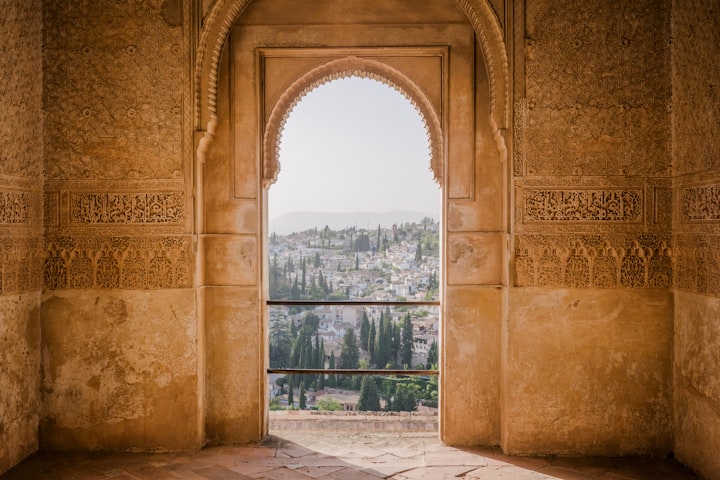madinat al_ zahara cordoba spain
unesco world heritage site spain

madina azahara cordoba spain
Madina Azahara, also known as the "Shining City," is an ancient archaeological site located near Cordoba, Spain. Built during the 10th century, it was the majestic capital of the Umayyad Caliphate of Al-Andalus. Spread across an area of about 112 hectares, this once-glorious city was home to grand palaces, bustling markets, and stunning architectural wonders. Today, Madina Azahara stands as a testament to the rich cultural and historical heritage of Islamic Spain.
The construction of Madina Azahara began in 936 CE under the orders of Caliph Abd-ar-Rahman III. The city was intended to be a symbol of the caliphate's power and wealth, showcasing the opulence and grandeur of the Islamic civilization. Thousands of laborers and artisans worked tirelessly for decades to bring the caliph's vision to life.
The city was strategically positioned on the slopes of the Sierra Morena mountain range, providing a stunning panoramic view of the surrounding landscape. Its design incorporated elements of both Islamic and local Spanish architecture, resulting in a unique blend of styles. The palaces featured intricate stucco decorations, colorful tilework, and ornate calligraphy, displaying the immense craftsmanship of the time.
The most prominent structure in Madina Azahara was the Al-Qasr al-Mubarak, the Caliph's Palace. It served as the political and administrative center of the city and housed luxurious reception halls, private chambers, and audience rooms. The walls of the palace were adorned with precious gems, gold leaf, and intricately carved marble.
Another notable feature of Madina Azahara was the Mosque, which was built in the same architectural style as the Great Mosque of Cordoba. The prayer hall was adorned with decorative arches and columns, reflecting the Islamic tradition of geometric patterns and calligraphic inscriptions. The mosque symbolized the religious importance of the city, providing a place of worship for the residents and visitors.
The city also boasted an extensive water supply system, which included reservoirs, wells, and aqueducts. This sophisticated network ensured a constant flow of water to the palaces, gardens, and public baths of Madina Azahara. The gardens, known as the Almunia, were meticulously designed and featured an array of exotic plants and trees, providing a serene and refreshing atmosphere.
Unfortunately, the glory of Madina Azahara did not last long. Just a few decades after its completion, the city fell into decline and was eventually abandoned. In 1010 CE, the city was sacked and destroyed during a civil war, leaving it in ruins. Over the centuries, Madina Azahara was buried under layers of earth and forgotten, until its rediscovery in the early 20th century.
Excavations began in the 20th century to uncover the hidden splendor of Madina Azahara. Archaeologists meticulously unearthed the remains of palaces, mosques, and other structures, shedding light on the city's past. Today, the site is an open-air museum, allowing visitors to explore the ruins and imagine the grandeur that once existed.
Visiting Madina Azahara is a fascinating journey through time, providing a glimpse into the Islamic civilization's architectural and cultural achievements in Spain. The site offers guided tours, exhibitions, and multimedia presentations that enhance the visitor experience. It is a place where history comes alive, showcasing the magnificence of the Umayyad Caliphate and its enduring legacy.
In conclusion, Madina Azahara stands as a remarkable testament to the splendor and grandeur of Islamic Spain. Its architectural marvels, rich history, and cultural significance make it a must-visit destination for history enthusiasts and travelers alike. As you
near city
Cordoba, located in southern Spain, is a city steeped in rich history and cultural heritage. With a history spanning over 2,000 years, Cordoba has been influenced by various civilizations, leaving behind a legacy of architectural wonders, vibrant traditions, and a diverse cultural tapestry. Let's explore the city of Cordoba and its significance.





Comments
There are no comments for this story
Be the first to respond and start the conversation.